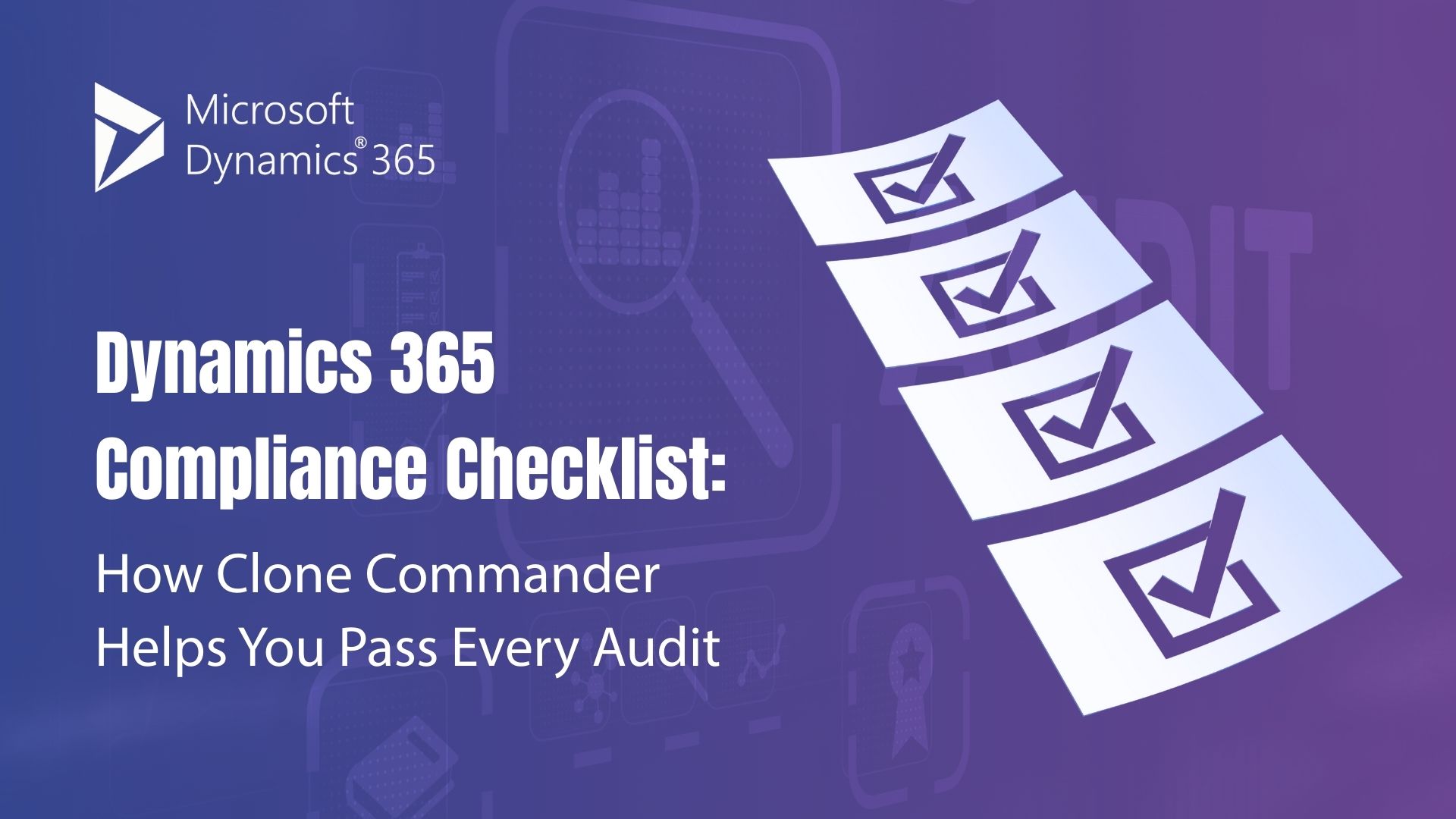SITUATION
After upgrading from AX 2012 R3 to Microsoft Dynamics 365 Finance & Operations, a Fortune 500 national healthcare provider expected to gain cloud agility and modern features. Instead, the move introduced mounting technical debt that impacted mission-critical processes.
The provider’s Treatment division—responsible for capturing bedside charges via handheld devices and generating high-volume invoices—experienced system slowdowns, billing delays, and erratic batch job performance. Nightly processing bled into daytime workflows, screen freezes stalled mobile users, and deployments felt more fragile than before.
Leadership needed answers: Were these limitations inherent to D365, or the result of rushed upgrade decisions? That’s when Ryse Technologies stepped in with a full post-upgrade technical assessment.
CHALLENGES
- Infrastructure mismatch:
- Production tier was underpowered during peak transaction windows
- Development environments were oversized and costly
- Sandbox refreshes were irregular, making performance testing unreliable
- Legacy code and manual deployments:
- AX-era patterns remained in production, resisting D365 extensibility best practices
- Deployments were manually executed from developer boxes with no pipeline governance
- Batch job and data issues:
- Invoice batches ran too long, colliding with business hours
- Dead records from AX 2012 and failed entity imports degraded performance
- Security & compliance exposure:
- Admins retained full permissions well after go-live
- No role-based access model existed for audit or least-privilege enforcement
- Operational instability:
- Clinicians and billing clerks encountered downtime during critical hours
- DevOps pipelines lacked branch control, testing, or promotion validation
OUR APPROACH
Ryse conducted a comprehensive assessment by facilitating working sessions with infrastructure leads, billing supervisors, and development managers to trace the end-to-end path from handheld entry to invoice generation and revenue recognition. Telemetry from Azure SQL and Microsoft Lifecycle Services confirmed performance bottlenecks. A deep dive into Azure DevOps and upgrade artifacts exposed inconsistencies in environments, code structure, and data hygiene.
Key remediation strategies included:
- Right-sizing environments: We helped the client resize their production tier for actual usage and cost-optimized development environments. Sandbox refreshes were scheduled for consistent, realistic test conditions.
- Deployment modernization: Manual deployments were replaced with a CI/CD pipeline using a new branching strategy and dedicated Tier 2 validation environments.
- Batch job optimization: We reorganized batch groups and applied throttling, reducing invoice processing times from overnight marathons to ~30-minute windows.
- Code and data cleanup: AX legacy records were purged, and failed imports were addressed to eliminate performance drag. High-risk customizations were refactored as true D365 extensions.
- Security rearchitecture: We implemented a role-based access model aligned with least-privilege best practices, and layered in Application Insights for real-time monitoring.
RESULTS
Operational Stability & Efficiency: 70%+ drop in production incidents, batch runs completed before business hours, and stabilized billing cycles improved cash-flow forecasting.
Developer Productivity Gains: Streamlined CI/CD pipelines boosted deployment consistency and sped up delivery of new integrations.
Data & Performance Optimization: Removal of hundreds of GBs of dead data improved query speeds and reduced index maintenance overhead.
Stronger Security & Compliance: Enforceable, auditable roles passed compliance review, enabling IT to shift from reactive to strategic operations.
IMPACT
Within three months, the transformation was evident. Ryse not only fixed the performance and reliability issues left in the wake of the AX-to-D365 upgrade—they positioned the healthcare provider to scale, innovate, and deliver better patient outcomes with a platform they could finally trust.
WHY IT MATTERS
Upgrades aren’t just technical checkboxes—they’re inflection points. Without the right infrastructure, ALM discipline, and performance guardrails, post-upgrade environments often underperform. Ryse Technologies brings clarity, accountability, and best practices to ensure your D365 Finance & Operations environment operates as intended—securely, scalably, and without daily firefights.







